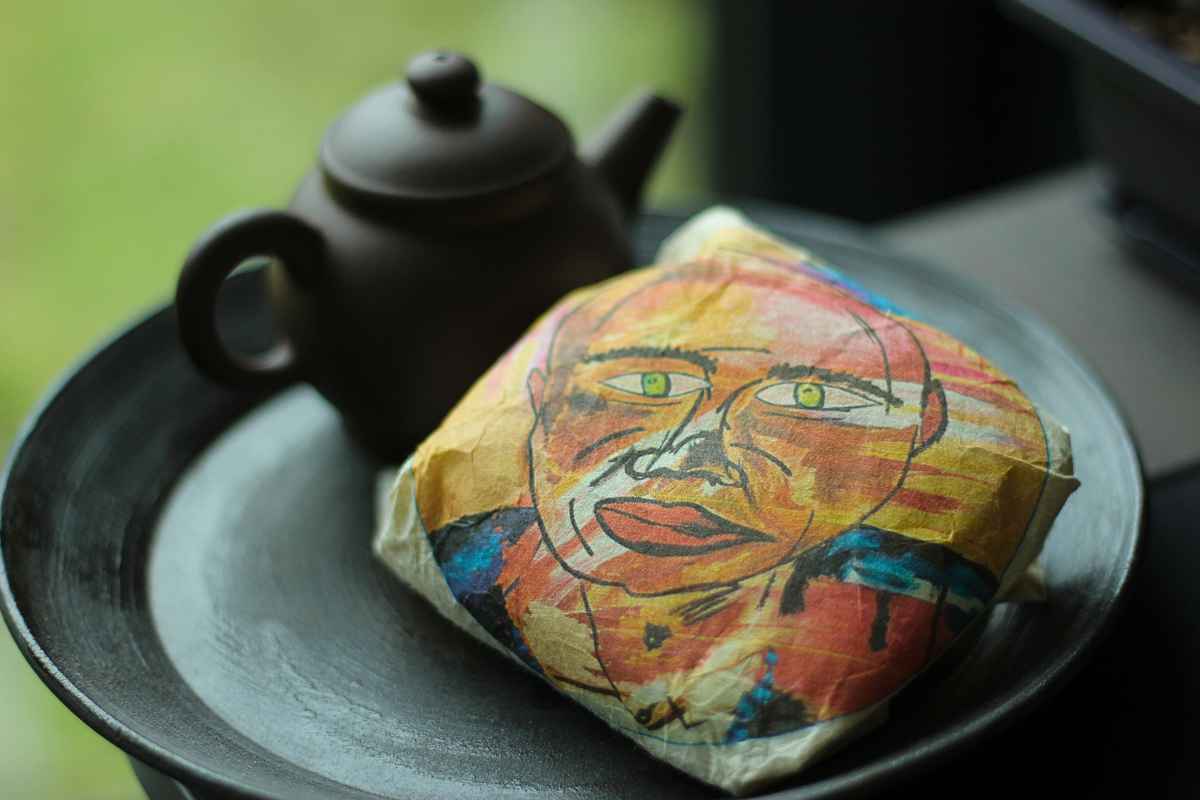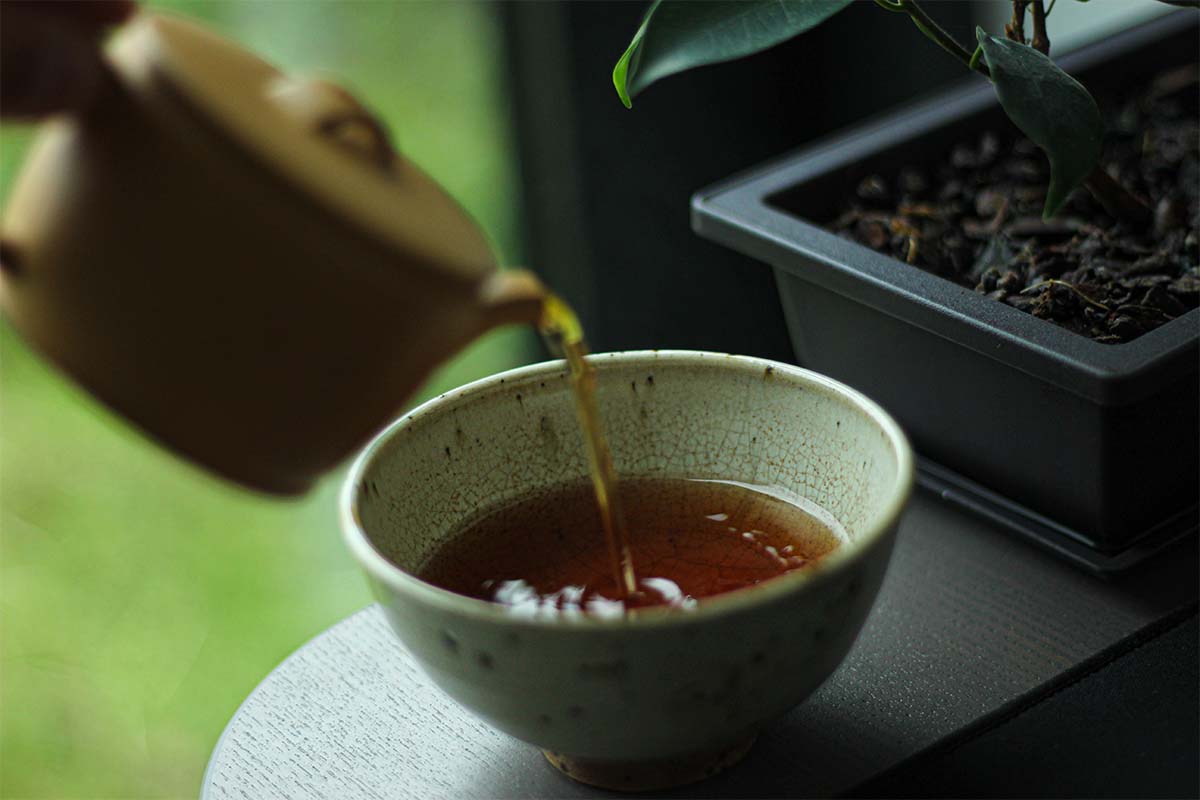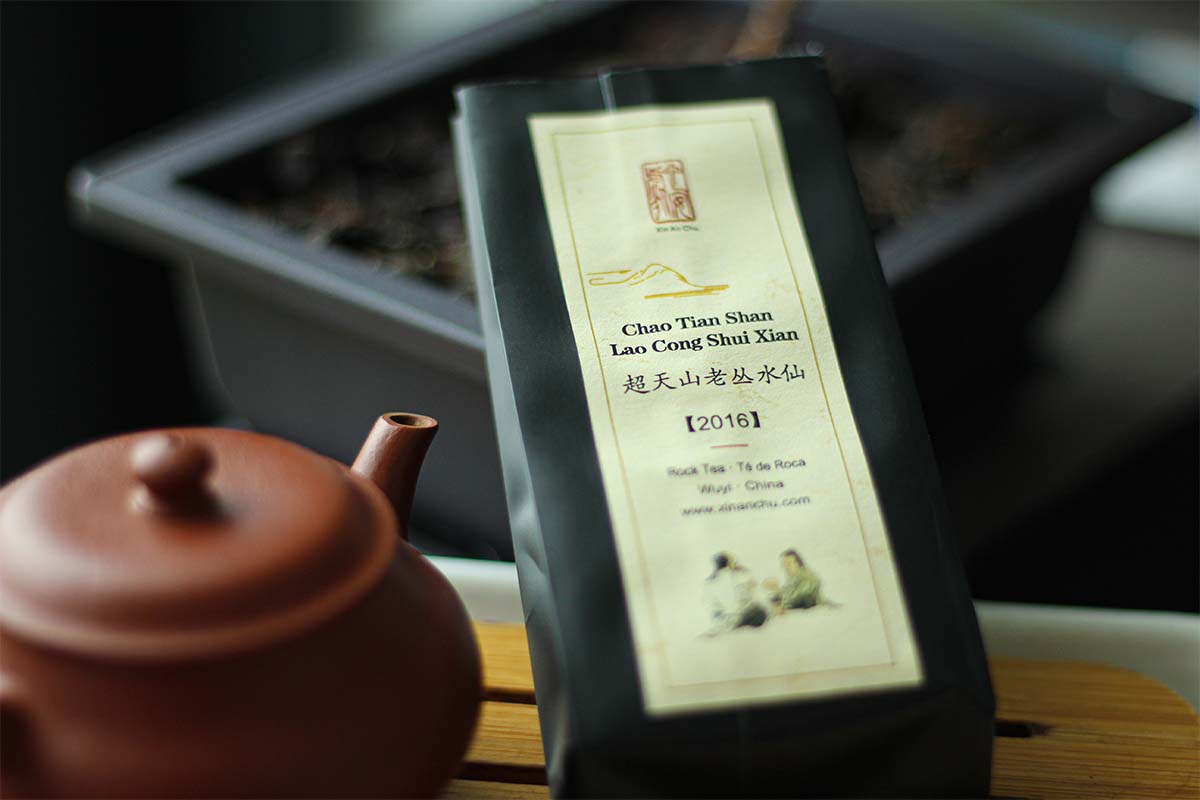Sencha is the most popular type of Japanese green tea, but it also is the broadest category. It encompasses many different categories, and each one has its own characteristics and flavors.
Shading Sencha
While a majority of sencha teas are unshaded, some farmers like to cover their tea plants leading up to the harvest in order to improve their flavor. When the tea plant is exposed to sunlight, it begins to convert the amino acid theanine into catechins. Catechins can offer the tea leaf protection against the UV light, but they have a more bitter flavor.
If a farmer wants to maintain more of the theanine in a green tea, and have less catechins, he will cover the tea plant in a type of netting called a Kabuse. This allows the plant to retain more of its theanine content.
Unshaded Sencha
Unshaded sencha are the most common type of sencha tea. The tea plant is grown in full sunlight until it is harvested, and as a result they have the highest catechin content. While some may find these teas to be bitter or astringent, many tea drinkers enjoy them. The fresh and citrusy taste profiles of an unshaded tea can be challenging on the palate, and leave the tea with a good strong finish.
When people talk about the antioxidants in green tea, they are mostly referring to the catechins. If you are looking to maximize the antioxidants in a green tea, you should brew an unshaded sencha at a hotter temperature. Of course, this will also produce the most bitter tea!
Shaded Sencha
If the farmer wants to slightly reduce the bitterness and produce a shaded sencha, he will cover the tea plant in kabuse netting for just the final week before the harvest. This is just enough to take the edge off, and reduce some of these citrusy flavor profiles. The flavor will not be super sweet like a Kabusecha or Gyokuro, but it will have a nice balance between these slight grassy flavor profiles and these sweet steamed vegetable notes.
Kabuse Sencha
If the tea plant is shaded for 10 days or more before the harvest, it can be considered a kabuse sencha. This tea is very sweet, and is only one step down from Gyokuro, the most sought after leaf tea in Japan. If the tea plant is shaded for 21 days or more it would be considered a Gyokuro, so Kabusecha tends to refer to teas that have been shaded for between 10-21 days.
Tastewise, the flavors of Gyokuro and kabusecha are a bit different. Gyokuro really goes deep on these savory notes, whereas with kabusecha it just tends to be about the sweetness. If you are a bit picky when it comes to green tea and you just want something smooth with no surprises, the Kabusecha is a great choice.
Steaming Sencha
After the tea leaves used to make sencha have been picked, it is time for them to be steamed. This is perhaps the most important stage in the production process, because without it, the tea would turn into a black tea.
Once tea leaves are picked, the enzymes will begin to oxidize the tea, turning the catechins into theaflavins and the tea leaves from green to brown. To stop this process, heat must be applied to the leaves to deactivate the enzymes that cause oxidation. This is why all green teas must be heated quickly after the harvest. With Chinese green teas this is done in a pan and with Japanese green teas it is done in a steam bath.
Asamushi Sencha
Asamushi sencha is a short steamed green tea. The tea leaves are steamed for about 30-60 seconds and they tend to have a bit more of these citrusy or mineral characteristics. These tend to be more challenging to the palate, so most people tend to prefer a longer steaming, but some tea connoisseurs enjoy trying something new.
Chumushi Sencha
Chumushi sencha is the normal steamed sencha. You won’t often see this on a label because it is so common. If the tea does not mention Asamushi or Fukamushi you can assume that it is Chumushi. These teas are steamed for between 60-90 seconds, which locks in the natural vegetal characteristics of the tea. This steaming process really accentuates the edamame, baby spinach and asparagus notes of the green tea.
Fukamushi Sencha
Finally we have Fukamushi sencha or Fukamushicha. These teas are steamed for a longer time, usually between 90-120 seconds. During this longer steaming process, the cell membranes of the leaf are broken down, allowing more of the leaf to pour into the tea. This is why you get these rice, cloudy green infusions.
The fukamushi teas tend to have less bitterness, while picking up more of these steamed vegetable notes. The flavors can often drift into the fruity direction such as with the Fukamushi Sencha Yamaga No Sato, a tea that picks up a distinct lychee berry note, particularly when cold brewed.
Blending Sencha
After the tea leaves have been steamed and dried, they are ready to be blended and packaged. A farmer can choose to blend together multiple tea plant varieties, or he can even blend the tea leaves with additional ingredients. Here are a few examples of that.
Sakura Sencha
Sakura sencha is a seasonal tea, specifically made for cherry blossom season. This tea is made with sencha tea leaves mixed with cherry blossom petals. Although this tea looks pretty and it’s a good way to celebrate sakura season, the petals don’t really contribute a whole lot to the flavor.
Sencha Genmaicha
You’re probably well aware of Genmaicha tea, a tea made by mixing toasted rice with green tea leaves. This tea is normally made with bancha, or older tea leaves, but occasionally it is made with the younger sencha leaves. This will increase the price tag of the tea and also the caffeine content, but it might be worth it if you’re a big fan of sencha.
Matcha iri Sencha
Matcha iri sencha is made by combining sencha leaves with matcha powder. This combines the best flavors of both, and in the case of the Shizuku sencha from Chiran, it can make for an incredible cold brewed green tea. The matcha powder is released into the first infusion, creating a rich, cloudy infusion and a smooth and fruity taste profile.
What type of sencha is your favorite? With so many different kinds to choose from, it should be no problem to find the perfect one to fit you!
Where to buy Sencha online
Then Nio Teas is made for you! Of course, when it comes to buying tea, it is not about “brands” but rather individual producers. That is one of the reasons why they like to be transparent about the tea they sell, showing you the exact farm and farmer that produced it. These farmers do not sell their tea worldwide, so they rely on us to distribute the tea to customers in the U.S and Europe. They are proud to work with so many talented farmers, and if you’re interested in trying any of their teas, you can find them on their Japanese green tea website.
Further reading
- Everything You Need to Know About Sencha
- 6 Differences between Matcha vs Sencha
- Gyokuro vs Sencha: Differences & Comparisons
- Difference between Sencha vs Hojicha
- Complete Guide about Tea Harvesting
- Where Does Japanese Tea Grow?
- List of the Best Cheap Loose Leaf Green Teas
- Growing Tea Leaves Guide
- How to Sweeten Green Tea
- History of green tea in japan & Tea ceremony
- Which tea has the most caffeine




